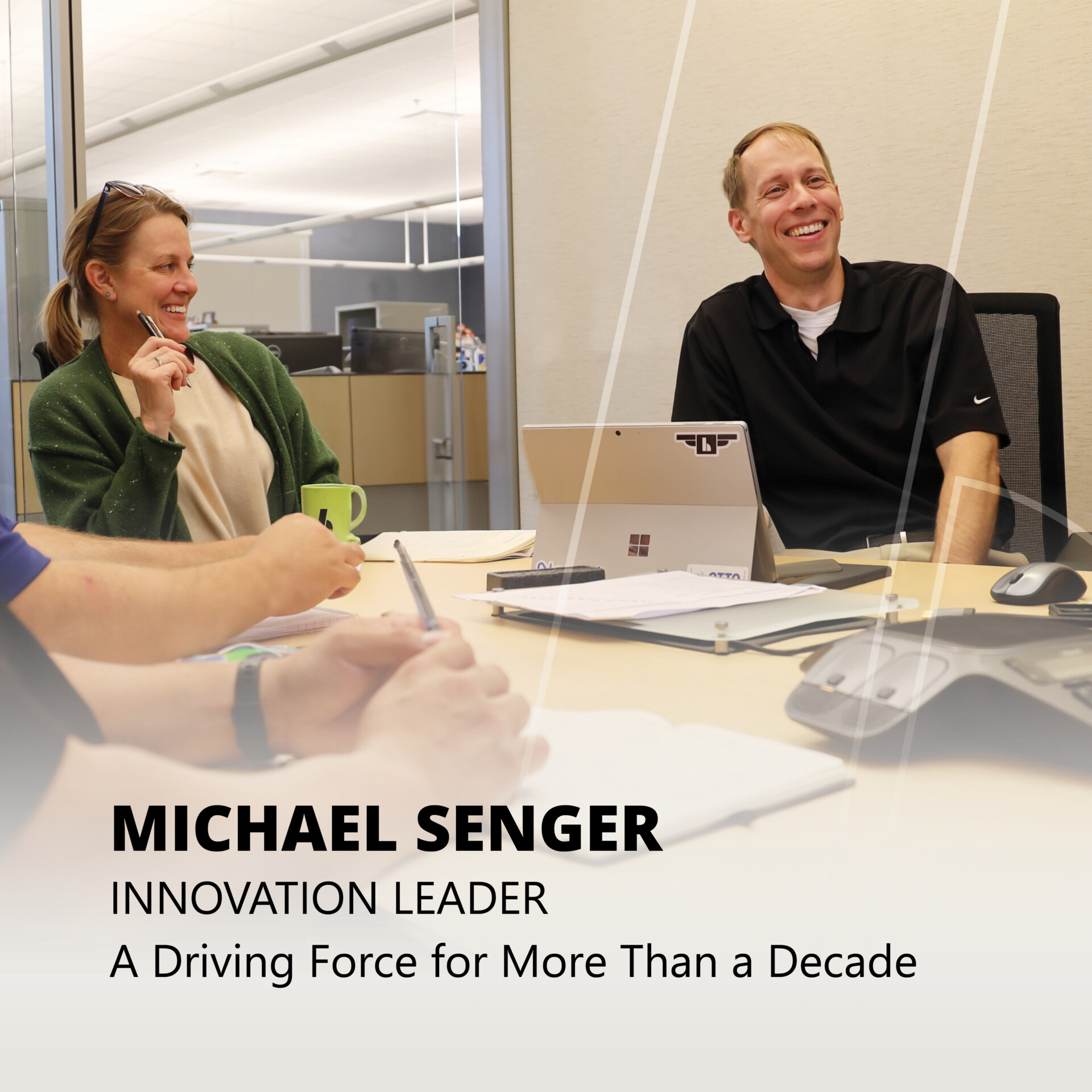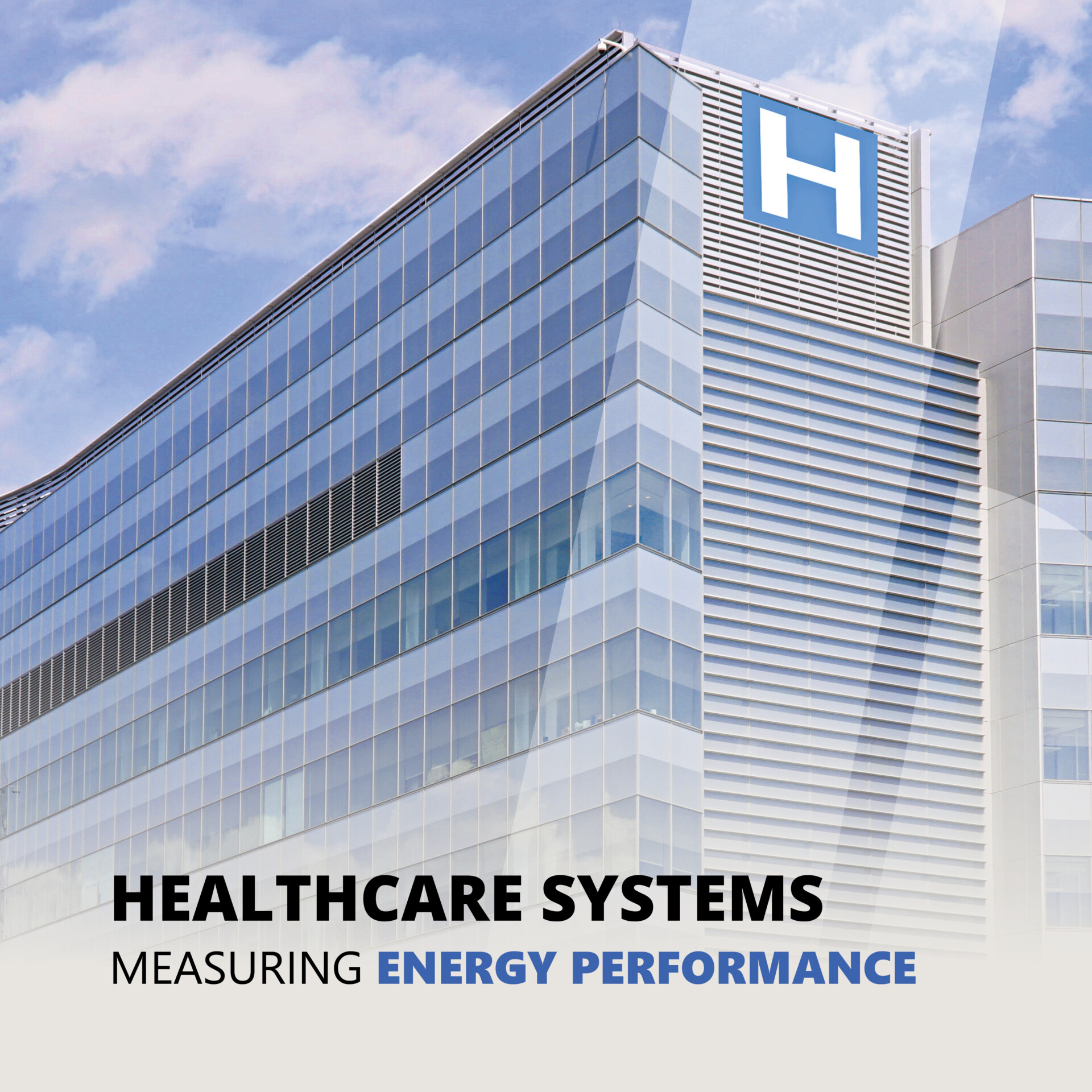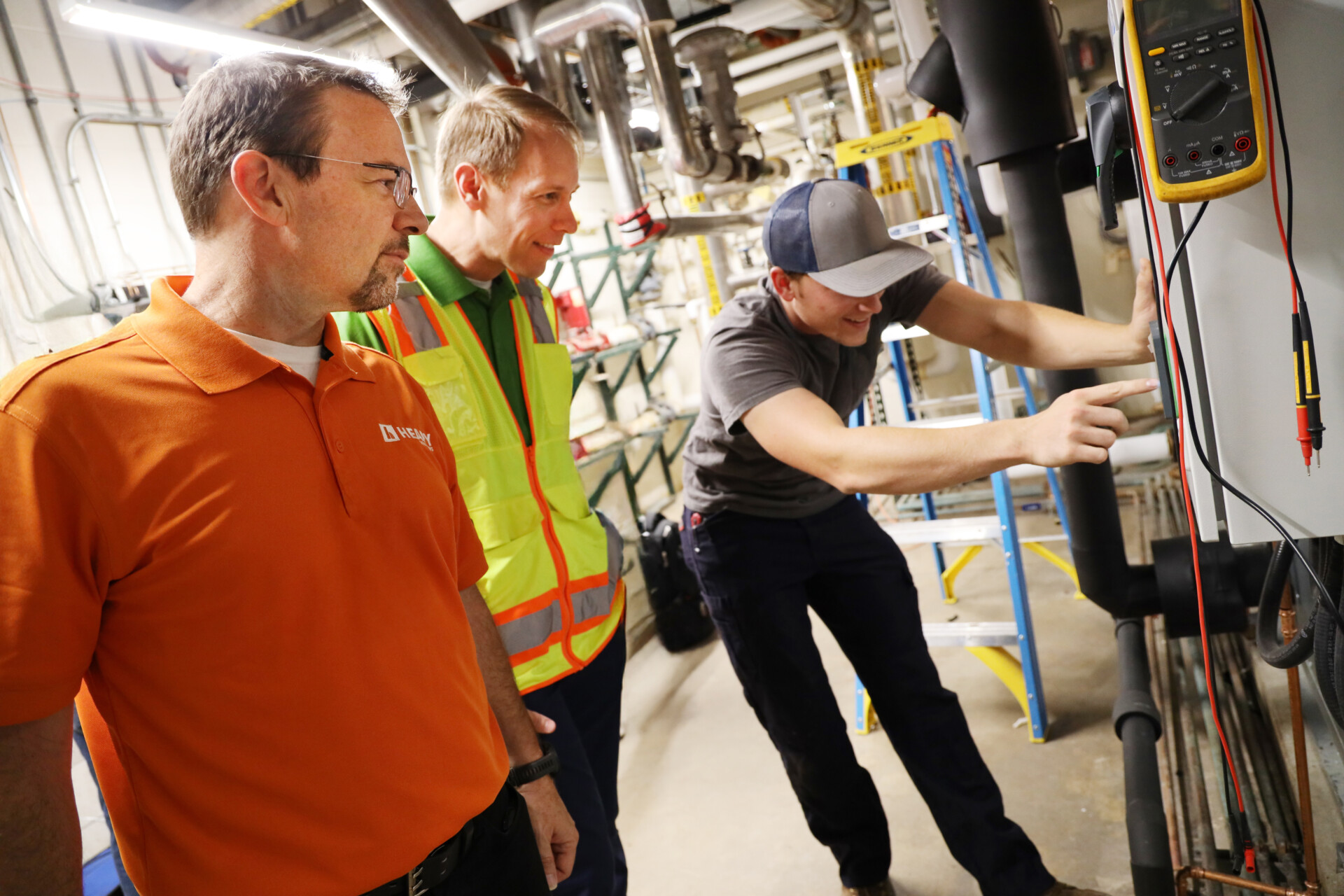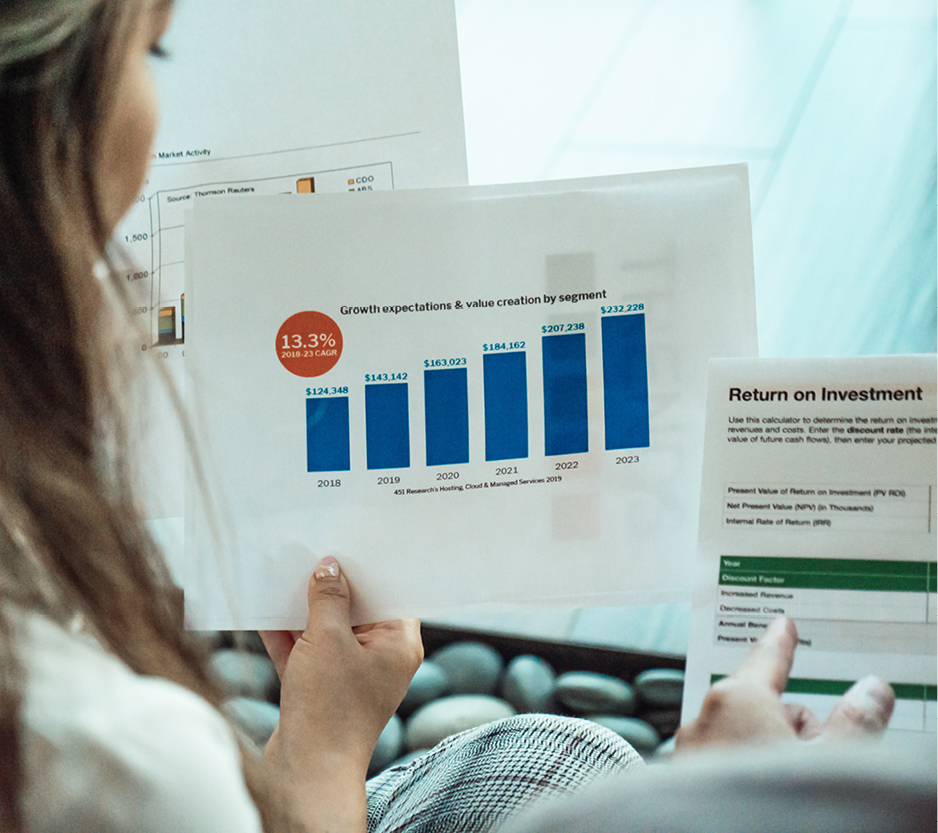
- Introduction
- Direct Pay Provision
- Electric Vehicles & EV Charging Stations
- Solar PV Installations
- Geothermal Installations
- Energy Storage & Microgrids
- Energy Efficiency & 179D Deduction
- Final Thoughts
The Inflation Reduction Act of 2022 is the largest investment in climate and energy in American history,” according to the EPA.
Signed into law on August 16, the bill provides tax incentives for renewable energy, energy efficiency, and electrification, designed to help individuals and organizations take steps to reduce greenhouse gas emissions and improve infrastructure resiliency.
Organizations now have an excellent opportunity to revisit their environmental, social, and governance (ESG) strategy, or look for new ways to meet increased demand for corporate sustainability and environmental responsibility.
As a company invested in building a sustainable, well, and more resilient society, HEAPY’s will help you navigate and take advantage of cost-saving policy measures that will allow you to tackle energy efficiency, decarbonization, electrification, and renewable energy projects at your organization.
Keep reading for our detailed analysis.
DIRECT PAY PROVISION
Perhaps the most intriguing portion of the IRA is its allowance for credit monetization, or the direct pay provision.
This provision is a game changer for non-taxable entities, such as healthcare, education, and government organizations. The provision allows both taxable and non-taxable organizations to receive these incentives as direct payments, creating potential funding for projects that were not previously viable.
Prior to the Inflation Reduction Act (IRA), federal, renewable energy tax credits were only available to entities with a federal tax liability. Under these rules, non-profits were faced with two options: (1) forego the value of credits and pay full price for a system, or (2) diminish the value of credits as well as available energy savings by working with a third-party investor.
Non-taxable entities can now explore decarbonization solutions via direct ownership, rather than being forced into the more traditional power purchase agreement (PPA) model.
ELECTRIC VEHICLES & EV CHARGING STATIONS
If you have considered transitioning to an all-electric or hybrid fleet, the IRA includes incentives to support fleet electrification at a reduced cost. These tax credits are also available to be monetized using the direct pay provision for non-taxable entities such as nonprofit health systems.
Starting in 2024, qualifying clean commercial vehicles will be eligible for a new tax credit equal to 30% of the difference between the cost of fully electric clean vehicles and its gas-powered counterpart, or 15% of other reduced carbon vehicles (some hybrids and plug in hybrids).
This provision has several key changes from its previous iteration. For example, the existing federal EV tax credit offers consumers $2,500 to $7,500 in credit for vehicles with a battery capacity of at least 5 kilowatt-hours, but starts to phase out after the manufacturers’ first 200,000 qualifying electric vehicles have been purchased. However, the new law allows consumers to get up to $7,500 no matter how many cars have been sold.
A few of the key limits this new provision include:
|
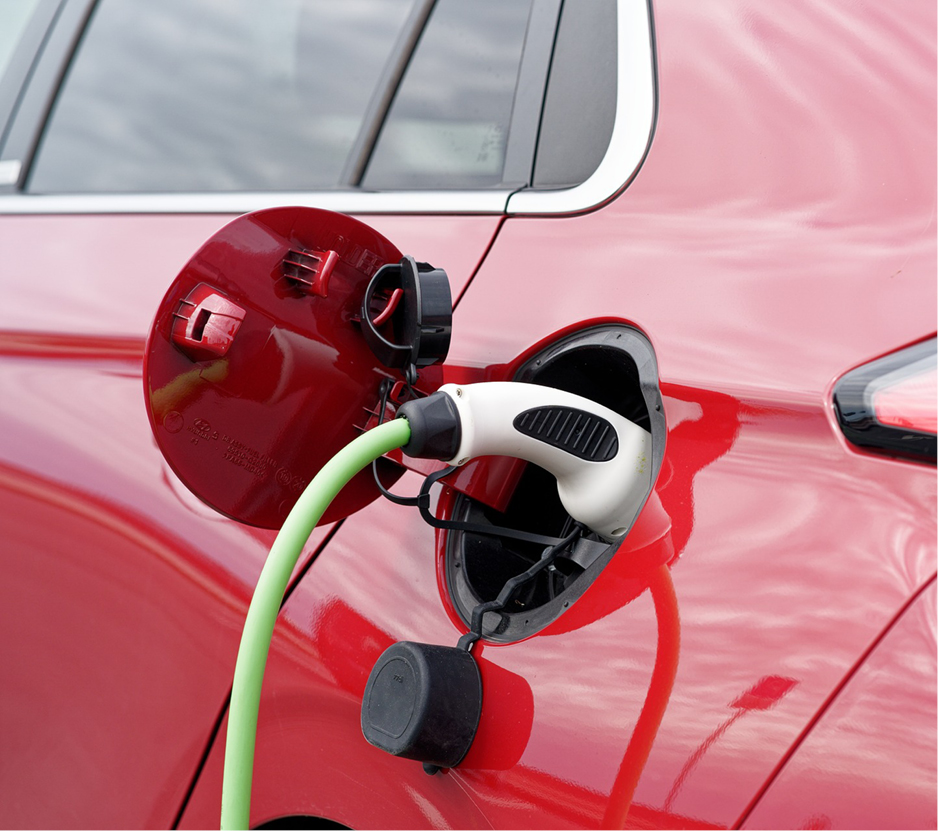 |
An additional credit, the “Alternative Fuel Refueling Property Credit,” provides incentives for retailers, local businesses, or commercial fleet operators to install charging infrastructure on qualified properties. It provides a 10-year extension and enhances the amount of credit available for the installation of EV infrastructure and increases EV accessibility by targeting investments toward rural and lower-income residents.
Like the others, this credit includes a direct pay option allowing nontaxable entities to install EV charging infrastructure if they meet requirements.
HEAPY has experience designing EV charging stations to provide reliable, cost-effective infrastructure for companies wanting to take advantage of this opportunity.
Reach out today if you are considering EV charging stations on your campus.
SOLAR PV INSTALLATIONS
For taxable entities installing solar PV on their facilities, the Federal Government has raised the investment tax credit (ITC) from 26% to 30% of the system’s first cost.
Additionally, non-taxable entities such as hospitals and higher education facilities are now eligible for this credit through the direct pay provision, allowing these organizations to monetize the 30% incentive.
These new provisions could move the needle for on-site solar PV projects, making them more cost-effective.
Requirements for prevailing wage must be met for some solar PV projects to qualify for the full incentive.

GEOTHERMAL INSTALLATIONS
Geothermal systems can be an excellent opportunity to reduce long-term energy usage and decrease fossil fuel consumption, and these systems now qualify for a 30% credit under the IRA (up from 10%).
Both taxable and tax-exempt entities qualify for these incentives, with tax-exempt entities and government organizations eligible for direct payments of the investment tax credit (ICT).
Requirements for prevailing wage must be met for some geothermal projects to qualify for the full incentive.
HEAPY can help you evaluate the feasibility of geothermal on your campus today.
Reach out today to discuss your options.
ENERGY STORAGE & MICROGRIDS
Historically, energy storage projects have only been eligible for tax incentives if they were tied to solar PV projects. However, the IRA now extends a credit of 30% to stand-alone and coupled energy storage systems.
Energy storage will play a large role in building electrification and ultimately decarbonization if the United States is to become a net-zero economy by 2050, so these incentives will be crucial to ensure that building owners are able to install cost-effective energy storage. The incentives for energy storage are eligible for monetization for non-taxable entities through the direct pay provision.
In addition to standalone energy storage, the expansion of the credits will also include microgrid controllers and other technologies, making them more affordable through some of the following proposed changes:
- The base value has increased from what would have been 22% to 30%.
- The availability of this funding has been extended for 10 years.
- There are now “boosts” available for facilities meeting certain criteria that could increase the tax credit up to 60%.
Under the new provision, the largest incentives for microgrids are geared toward disadvantaged communities. For organizations serving or zoned within disadvantaged communities, these incentives present a significant opportunity to gain access to the benefits of savings, resiliency, and sustainability that come with these energy systems projects.
For example, compounding a federal tax credit of up to 60% with special depreciation rules for properly configured projects could have such a low net cost for investors that their facilities could see dramatically reduced cost of energy without a large capital expense.
ENERGY EFFICIENCY & 179D DEDUCTION
The IRA also made changes to the Energy Efficient Commercial Buildings Tax Deduction (179D), expanding it to include tax-exempt organizations.
The 179D Deduction allows eligible organizations to assign a deduction to designers such as architects, engineers, or contractors performing design-build services, potentially allowing for better return on investment for energy efficiency projects.
To qualify for these incentives, projects must show a 25-50% energy reduction compared to ASHRAE 90.1. Existing buildings may be eligible to access the deduction through retrofit provisions.
The deduction has been expanded for 10 years. However, starting in 2023, incentives have been decreased to $0.50/SF, plus $0.02/SF for each percentage point above a 25% reduction, not to exceed $1.00/SF. If prevailing wage requirements are met, the incentives run on a sliding scale of $2.50 to $5.00 per square foot, based on reduction in energy use over existing building performance standards.
HEAPY can work with your organization to develop beneficial and cost-effective energy reduction strategies that fit your goal and mission. Our team will help you with evaluation, implementation, and documentation to meet eligibility requirements and take advantage of this cost-saving deduction.
A Final Word: Are You Prepared for What’s Next?
As our society faces increasing threats from climate change, leaders are being called on to take decisive action that will reduce their organization’s impact on the environment and support disadvantaged communities.
The IRA offers a new path for your organization to become more energy efficient, reduce carbon emissions, and fund renewable energy projects – provided you meet certain eligibility requirements.
Our team has advised hundreds of organizations on sustainability and decarbonization planning, implementation, and evaluation. Reach out if you want help identifying the best strategy for your organization to take advantage of these new energy incentives.
Schedule your consultation with HEAPY today.
